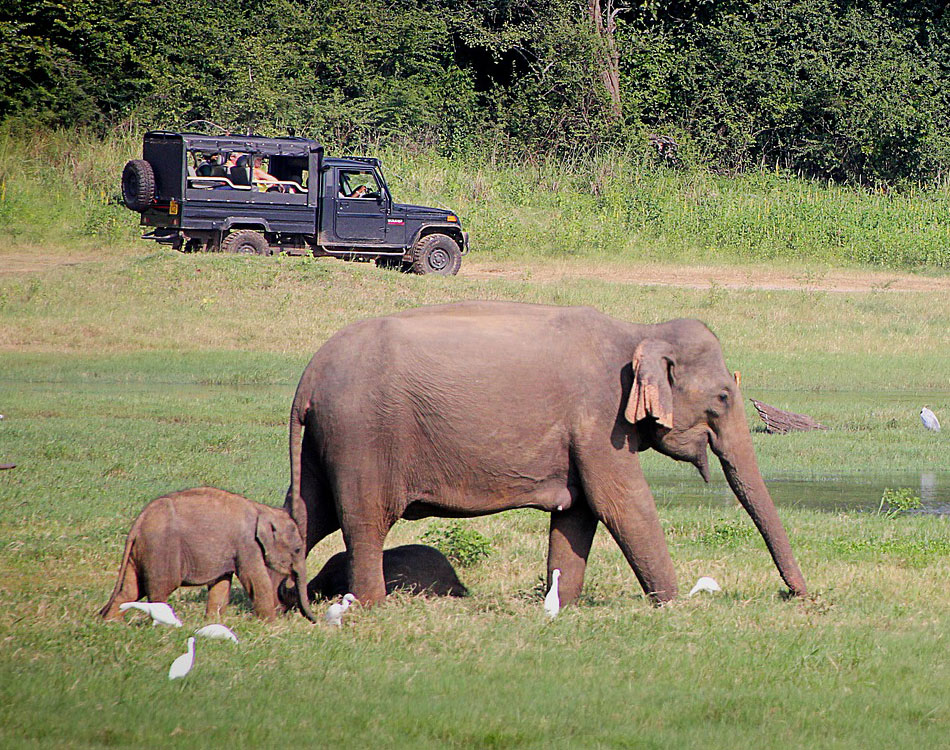LUNUGAMVEHERA HALF DAY SAFARI
Lunugamvehera National Park is lies between Yala and Udawalawe national parks. This is situated 261 km (162 mi) southwest from Colombo. The park was declared in 1995, with the intention of protecting the catchment area of the Lunugamvehera reservoir and wildlife of the area. The Lunugamvehera Reservoir within the park covers 3,283 hectares. Lunugamvehera is in the Dry zone of Sri Lanka, therefore the park is exposed to annual drought, relieved by the south western monsoon.
The forest of Lunugamvehera national park characterized by several forest layers. Mosaic of scrubland and grassland make up these forests. Some of the plant species of the forest are Drypetes sepiaria, Manilkara hexandra, Schleichera oleosa and Coffea wightiana. Grassland area contains several species of grasses. Chloris montana, Cynodon dactylon, Panicum maximum and Securinega leucopyrus are common in abandoned chena lands. Teak and eucalyptus plantations are now common in the forest.
The national park is an important habitat for water birds & also serves as a corridor for elephants. Fauna of the park includes 21 fish species, 12 amphibians, 33 reptiles, 183 birds and 43 mammals. Sri Lankan elephant, water buffalo, Sri Lankan sambar deer, wild boar, Sri Lankan spotted chevrotain, grizzled giant squirrel, Sri Lankan axis deer and Asian palm civet are some of the common mammals. Mugger Crocodiles, Green Garden Lizards, Water and Land Monitors, Indian Python, Indian Cobra and Russell’s viper have been recorded in the park. This is in addition to the many species of Frog.
Sri Lanka Junglefowl, Sri Lanka Woodshrike, Sri Lanka Brown-capped Babble and the Grey Hornbill are the only endemics you might see here. All other usual dry zone forest birds can be seen during the morning and evenings with midday being extremely hot and humid.
Being a dry-mixed evergreen forest, Lunugamvehera Park has a variety of plant species that provide ample food-stocks for vegetarian animals.
The catchment area is vital to maintain the water levels of the five tanks in the down-stream of Kirindi Oya and wetland characteristics of Bundala National Park. This national park also serves as a corridor for elephants to migrate between Yala National Park and Udawalawe National Park.
After being closed because of the Sri Lankan civil war, the national park is now open to the general public.
Day Tours
See more
See less
Round Tours
See more
See less
Things To Do
See more
See less

